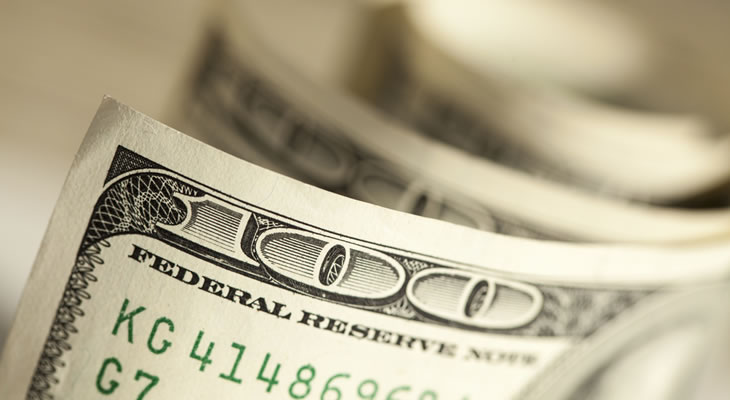Recovering UK Retail Sales Boost Pound US Dollar Exchange Rate
As UK retail sales bounce back in February the Pound to US Dollar (GBP/USD) exchange rate found fresh traction.
Sales rose 2.1% on the month, in line with forecasts and helping to reverse some of January’s sharp -8.2% decline.
With consumer spending on the rise once again worries over the negative impact of the current national lockdown temporarily diminished, fuelling hopes of a strong first quarter economic performance.
As stronger levels of retail sales have previously helped to shore up economic activity in the face of ongoing Covid-19-based disruption this positive showing gave Pound Sterling (GBP) a solid leg up against its rivals.
US Dollar Appeal Muted Thanks to Widened Advance Goods Trade Deficit
Demand for the US Dollar (USD), meanwhile, proved limited in the wake of February’s underwhelming advance goods trade balance report.
As the trade deficit unexpectedly widened from $-84.58 billion to $-86.72 billion this gave investors fresh cause to doubt the strength of the US outlook.
With global trade conditions looking set to remain muted in the months ahead, especially in the face of fresh pandemic disruption, this weakness weighed heavily on USD exchange rates.
A weaker-than-expected personal spending figure also put pressure on the US Dollar, pointing towards an increasing sense of caution within the US economy.
However, USD exchange rates could find a rallying point on Monday with the release of the Dallas Fed manufacturing index.
As forecasts point towards the index rising modestly on the month in March the US Dollar looks set to strengthen in response to fresh evidence of manufacturing sector resilience.
If the sector shows any signs of faltering, though, the US Dollar could remain on the back foot in the face of greater market risk appetite.
Pound US Dollar Exchange Rate Forecast to Weaken on Lower UK Mortgage Approvals
Fresh volatility also appears in store for the Pound US Dollar exchange rate on the back of February’s UK mortgage approvals figure.
As markets expect to see approvals fall on the month, dipping from 99,000 to 95,000, confidence in the strength of the UK housing market could weaken.
The relative resilience of the housing market has helped to offset the impact of the pandemic over the course of the last year, with any weakness likely to dent GBP exchange rates.
Evidence of increased caution among householders and lenders could well see the Pound trending lower across the board once again.
On the other hand, any improvement in the Bank of England (BoE) consumer credit figure may offer GBP exchange rates a boost.
Ongoing developments surrounding the path out of the current national lockdown could also provoke some Pound to US Dollar exchange rate movement.


Comments are closed.